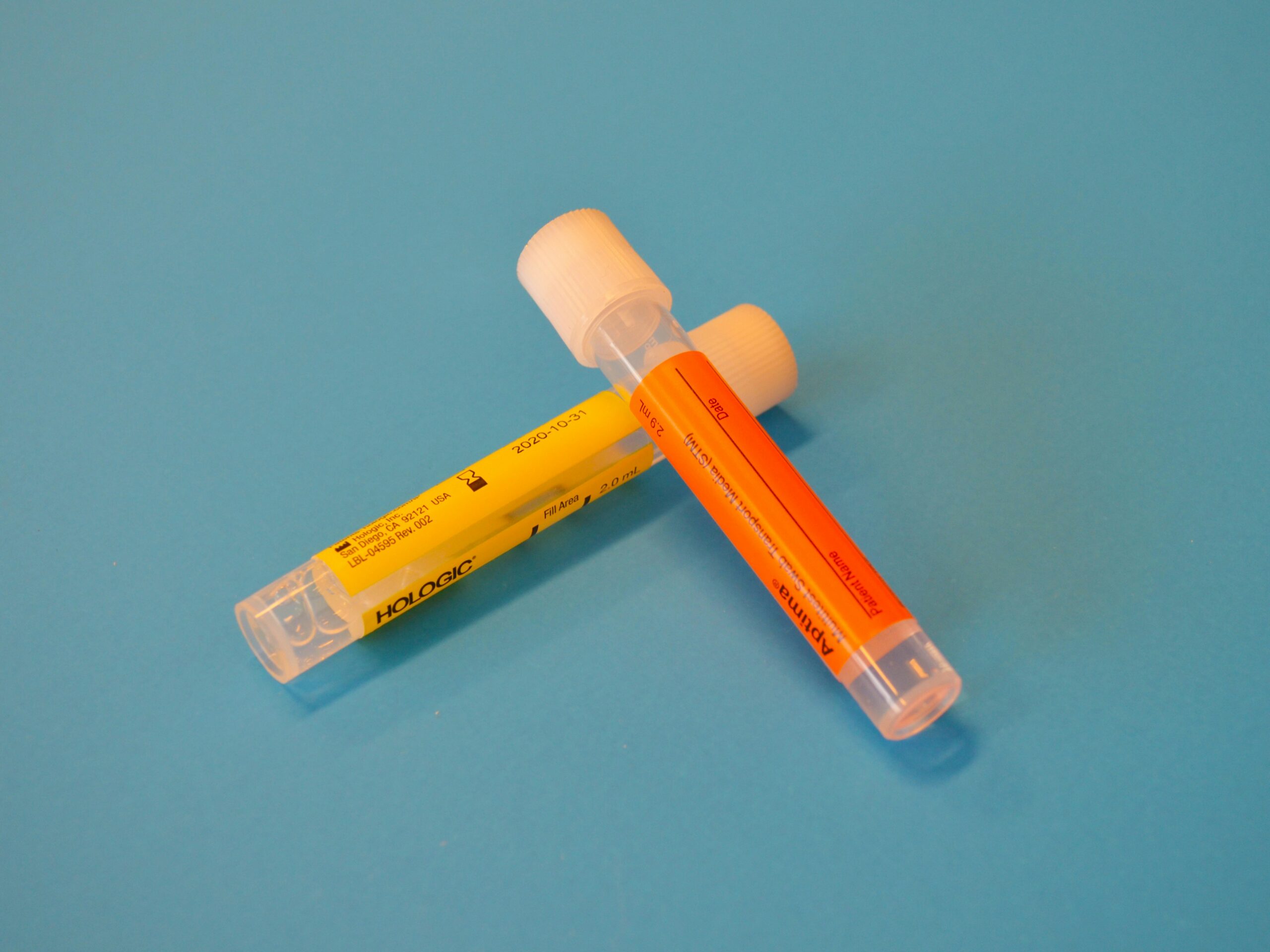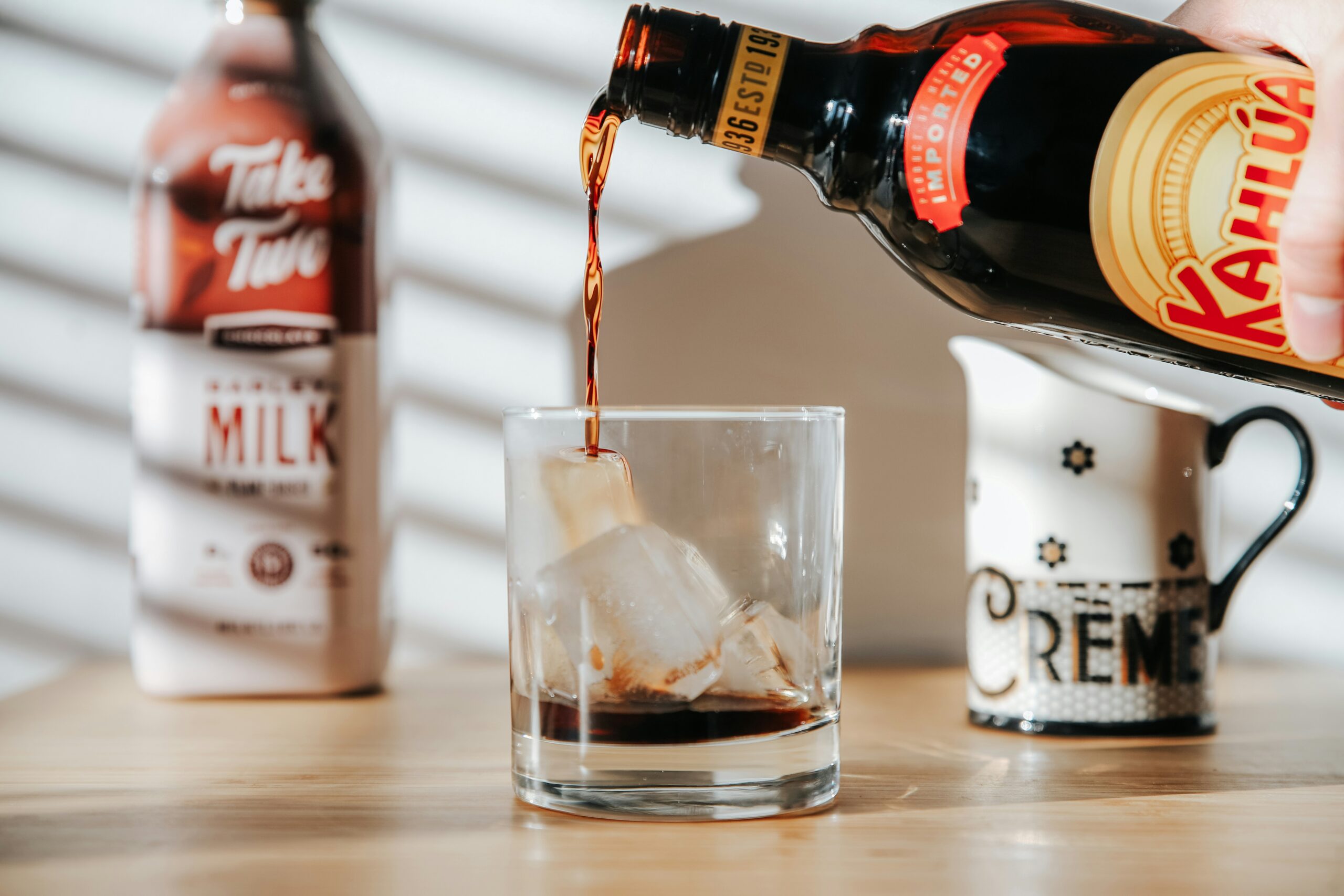Bladder pain, regularly called bladder pain syndrome (BPS) or interstitial cystitis (IC), is a confusing and sometimes exceptionally genuine condition. It appears to be enduring inconvenience, pressure, or hurting within the bladder range and adjacent pelvis.
Understanding this kind of torment is complicated since it doesn't come from one clear reason as a few other illnesses do. That makes it difficult for individuals who endure it and the specialists attempting to help them. The side effects can shift significantly, not as they were in the escalated stage but more so in how they see things.
The wide run of encounters from individuals who endure bladder pain is since this condition is complex to get it. The torment can be sharp, burning, or hurting – it may alter concentration throughout the day or be caused by particular triggers.
Torment within the bladder is something numerous individuals confront, but correct numbers are difficult to discover since diagnosing can change, and a few individuals may not report it accurately. It is speculated that almost 3% to 6% of ladies and generally 1% to 2% of men might have symptoms compared to a bladder pain disorder. The distinction in these rates between sexes perhaps comes from things like science, hormone impacts, or how they utilize healthcare administrations.
Normal side effects, as a rule, appear amid center age, but in some cases, more youthful individuals can have them, too. Bladder pain syndrome is very common, but frequently, it goes unrecognized since numerous people with this condition don't look for therapeutic help. Perhaps they think their indications are typical or dubious enough to require a visit to the specialist.
The precise reasons for bladder pain disorder are still vague, driving persistent inquiry and discussion. Numerous thoughts have been proposed to clarify how it begins, each considering diverse conceivable ways. One major idea suggests an issue with the defensive glycosaminoglycan (GAG) layer inside the bladder may exist.
This may permit things that aggravate in pee to pass through and cause aggravation in the bladder divider, leading to irritation and torment. Another thought concerns an immune system reaction—this implies the body's safe framework wrongly assaults bladder tissue. That causes progressing aggravation and hurt to the bladder.
Other than these natural components, a few things propose that mental and societal components might play a part in starting and creating side effects. Stress might trigger issues for numerous individuals since it influences their nervous framework and safe reactions.
Also, patients frequently converse about slim down reasons, like foods with corrosives or things like caffeine and liquor. Be that as it may, we don't know how these work. Family ties moreover matter since it shows that individuals who have bladder torment disorder have more family individuals with the same issue. That focuses on a potential genetic association.

Bladder pain syndrome shows up with distinctive indications that alter a lot from individual to individual. The most indication could be tormented within the bladder or pelvic range for a long time or what's happening once more and once more. This torment can be steady, come and go at times, and shift from little bother to exceptionally solid harming. Patients frequently say they feel pressure, burning, or sharp torment that gets awful as their bladder fills up but feel a bit superior after urinating, even though not for a long time.
Alongside the torment, indications of the condition generally appear in urinary issues. It implies requiring to pee more regularly, now and then up to 60 times a day. There's also criticalness—a solid and sudden feeling that you must urinate instantly. Individuals with overactive bladders can have nocturia, which implies they have to go to the lavatory regularly at nighttime. This circumstance can make it difficult to rest and lower the quality of life.
A few patients might feel like their bladder isn't empty, and they may be tormented when having sex. This issue, called dyspareunia, frequently happens more frequently in females. The distinctive and wide-ranging frame of these indications habitually causes a tall sum of physical, passionate, and mental distress.
The issues related to bladder pain syndrome are not constrained to fair physical markers. The persistent torment and challenges in urinating can result in critical, passionate, and mental issues like uneasiness and discouragement, as well as a sense of extraordinary segregation from others. Always managing with indications might disturb one's work, social life, or connections – this diminishes generally life satisfaction.
Resting is affected by visit trips to the lavatory amid nighttime, driving to a steady state of tiredness. This ceaseless weariness compounds mental and physical well-being issues.
In terms of physical impacts, the condition can contribute to other issues, such as pelvic floor brokenness. That happens when muscles around the pelvis locale become too tense or weak. Subsequently, it may give rise to extra troubles like torment in that specific segment, inconvenience overseeing pee control, and issues related to bowel exercises.
In extraordinary circumstances, the persistent irritation associated with bladder pain syndrome may result in bladder fibrosis![]() . This condition makes the dividers of the bladder thicker and harder, conceivably diminishing its capacity for holding pee and force indications.
. This condition makes the dividers of the bladder thicker and harder, conceivably diminishing its capacity for holding pee and force indications.
Deciding whether somebody has bladder pain syndrome is complicated and requires an exhaustive assessment to affirm it's not another condition with comparative side effects.
Regularly, the starting stage includes obtaining a comprehensive restorative foundation and experiencing a physical examination conducted by a specialist. Patients must portray what signs they encounter, how long they continue, what components might heighten or start the signs, and any past medicines endeavored. This is often exceptionally pivotal data; it makes a difference in the specialist's understanding of how an ailment progresses over time and guides them on the most effective treatment method.
A urinalysis is a common test done to look for signs of contamination or blood in the urine, which might mean there are other issues with your urinary tract. Sometimes, we require a urine culture to discover if bacterial contamination is causing these side effects. In any case, in bladder torment disorder cases, these tests, as a rule, appear ordinary, meaning the condition isn't due to contamination.
Cystoscopy![]() , a vital strategy for assessing bladder pain syndrome, includes embedding a little camera through the urethra into the bladder. That empowers specialists to see the interior of the bladder specifically. Cystoscopy can distinguish issues like Hunner's injuries that take after takes off and appear as signs of aggravation. These are not common discoveries in most cases of bladder torment disorder. If these injuries are seen, it makes a difference; specialists affirm the determination, but it might influence their choices for treatment.
, a vital strategy for assessing bladder pain syndrome, includes embedding a little camera through the urethra into the bladder. That empowers specialists to see the interior of the bladder specifically. Cystoscopy can distinguish issues like Hunner's injuries that take after takes off and appear as signs of aggravation. These are not common discoveries in most cases of bladder torment disorder. If these injuries are seen, it makes a difference; specialists affirm the determination, but it might influence their choices for treatment.
Hydrodistention, which infers the development of the bladder by injecting liquid into it, could be a handle that can happen amid cystoscopy. It helps find agonizing regions and assess bladder capacity since genuine issues may lead to lesser capacity. Tests related to urodynamics gauge the sum of pressure and estimate when the bladder gets filled with pee before it is discharged. This test gives additional points of interest, especially if there are stresses regarding bladder working issues.
Also, the potassium affectability test![]() is another determination strategy. Here, a potassium arrangement is put into the bladder. Those who have bladder pain syndrome may feel more distress or criticalness than they do with a fair saline arrangement in their bladders. This may indicate that their bladder lining has extraordinary affectability. This examination should be utilized as often as possible since it can actuate distress in people.
is another determination strategy. Here, a potassium arrangement is put into the bladder. Those who have bladder pain syndrome may feel more distress or criticalness than they do with a fair saline arrangement in their bladders. This may indicate that their bladder lining has extraordinary affectability. This examination should be utilized as often as possible since it can actuate distress in people.

Treating bladder pain issues requires numerous distinctive strategies and frequently includes a combination of treatments that coordinate the person's side effects and their reality.
An alteration in diet is regularly proposed since certain nourishments and drinks can make the indications more awful. Specialists prompt patients to record what they eat in a nourishment journal. Doing this permits finding out which nourishments might cause issues and alter their diet if fundamental. Not drinking coffee, liquor, and nourishments that are exceptionally acrid can make the bladder feel way better and offer assistance with indications.
Pelvic floor physical therapy is exceptionally beneficial, particularly for individuals who have pelvic floor issues. This treatment employs certain exercises and strategies to make the pelvic muscles more grounded and loose. This will help reduce torment and improve bladder control. Strategies like biofeedback and manual treatment are commonly utilized to treat tight muscles and inconvenience.
Drugs are exceptionally imperative for treating numerous individuals. Non-steroidal anti-inflammatory drugs (NSAIDs) can diminish swelling and torment, whereas tricyclic antidepressants like a***********e help alter how torment is felt. A few drugs, such as antihistamines, h*********e being one, can reduce bladder disturbance by ceasing the activity of histamine. Another way is to put medication straight into the bladder employing a tube called a catheter; this strategy is known as bladder instillations. One treatment is called dimethyl sulfoxide![]() (DMSO). This treatment makes a difference in reducing swelling and inconvenience.
(DMSO). This treatment makes a difference in reducing swelling and inconvenience.
When things become serious, more grounded drugs can be required. There are also ways to assist nerves in working better, such as sacral neuromodulation or percutaneous tibial nerve incitement. These medicines can reduce issues by changing how nerves send messages. Botox treatments within the bladder muscle can help by making your bladder less tense. Hence, you wish to go to the washroom less regularly and critically.
Ordinarily, surgery is the final choice for managing bladder pain disorder. It is done when other strategies do not work, or the condition is exceptionally genuine. Specialists can do a kind of surgery called bladder expansion, which makes your bladder greater by employing a portion of your digestive tract. This strategy has the plausibility of improving the capacity of your bladder and lessening how frequently you would like to go for urination trips. Another more extreme arrangement is cystectomy, which suggests evacuating the bladder.
After this operation, specialists can make another way for pee to go out of your body, like a urostomy. These strategies have huge perils and are, more often than not, not done fairly for bladder torment disorder.
Less obtrusive surgeries are transurethral resection of the bladder (TURB), which can dispose of swollen tissue, or hydrodistention, where they make the bladder greater utilizing anesthesia. These strategies don't donate short-term help, but they are brief arrangements.

Future results for individuals with bladder pain syndrome can be exceptionally diverse. The issues might not be as terrible for a few, and they can handle them by changing their way of life and utilizing delicate medications. This issue may be exceptionally genuine for numerous individuals and last long, needing continuous treatment and care. Undoubtedly, there isn't a simple remedy for a bladder pain disorder. Still, numerous who have it can feel better from the side effects and live their lives regularly when they receive proper medical consideration.
The circumstance happens repeatedly, with caution signs that may come and go. Now and then, things progress; other times, they become more regrettable. Finding the illness before long and treating it can halt issues and improve life. However, since the ailment can alter in startling ways, it makes living difficult for both those who are sick and their caregivers.